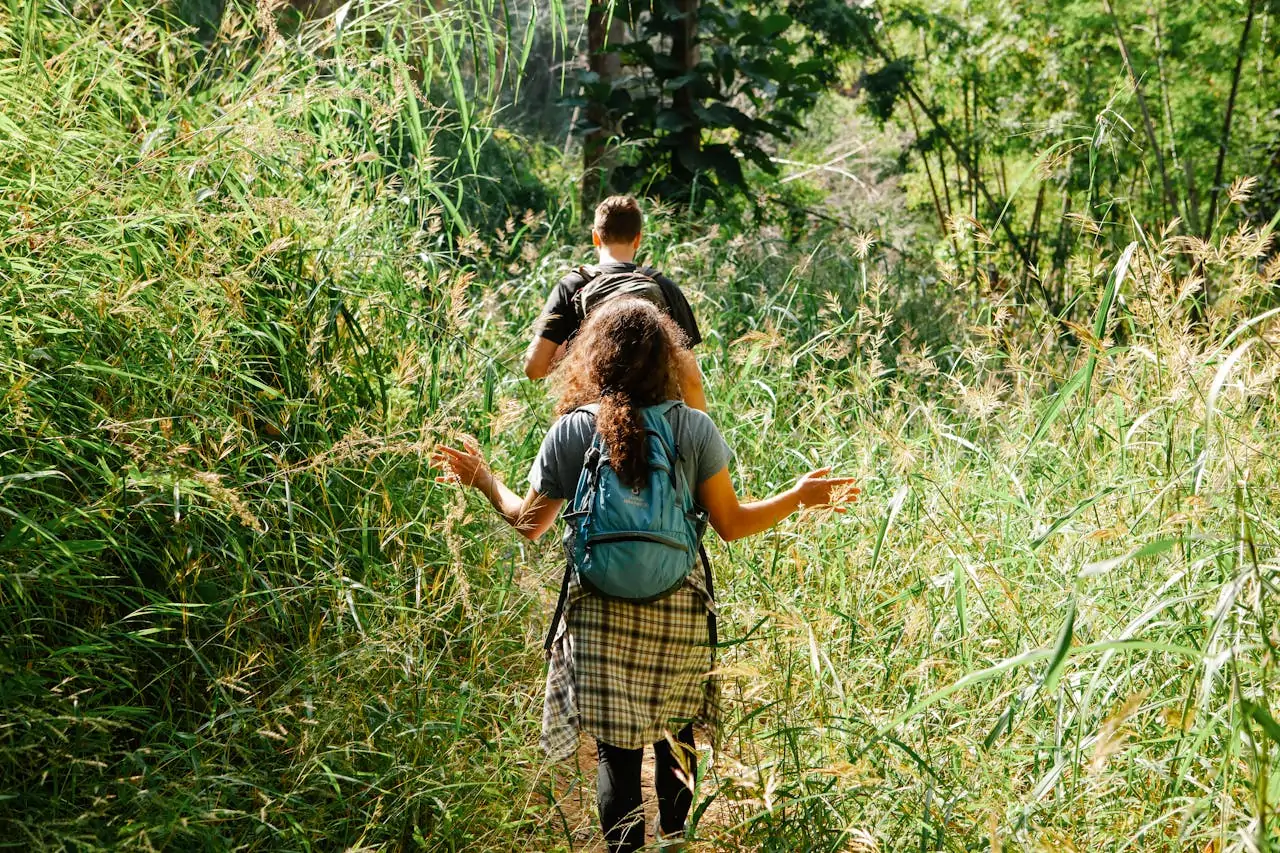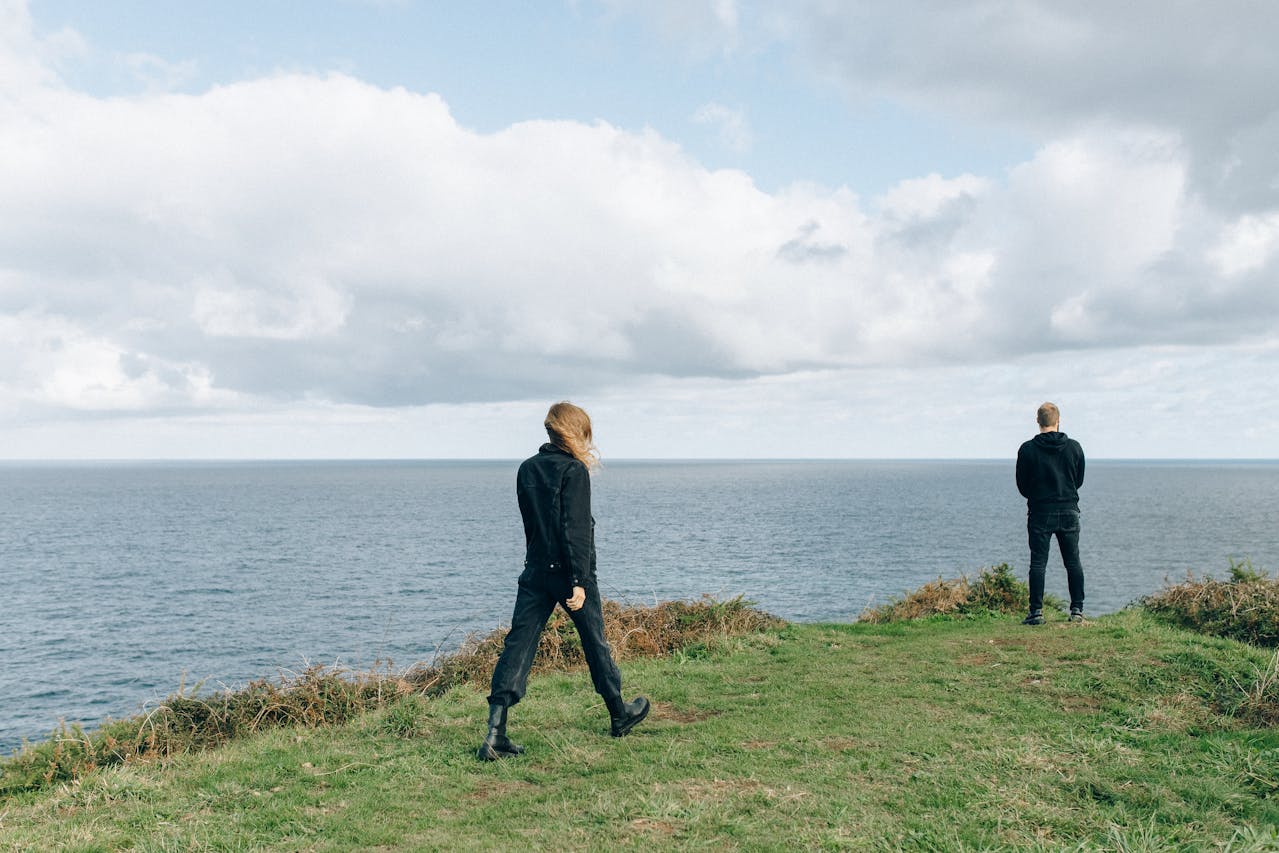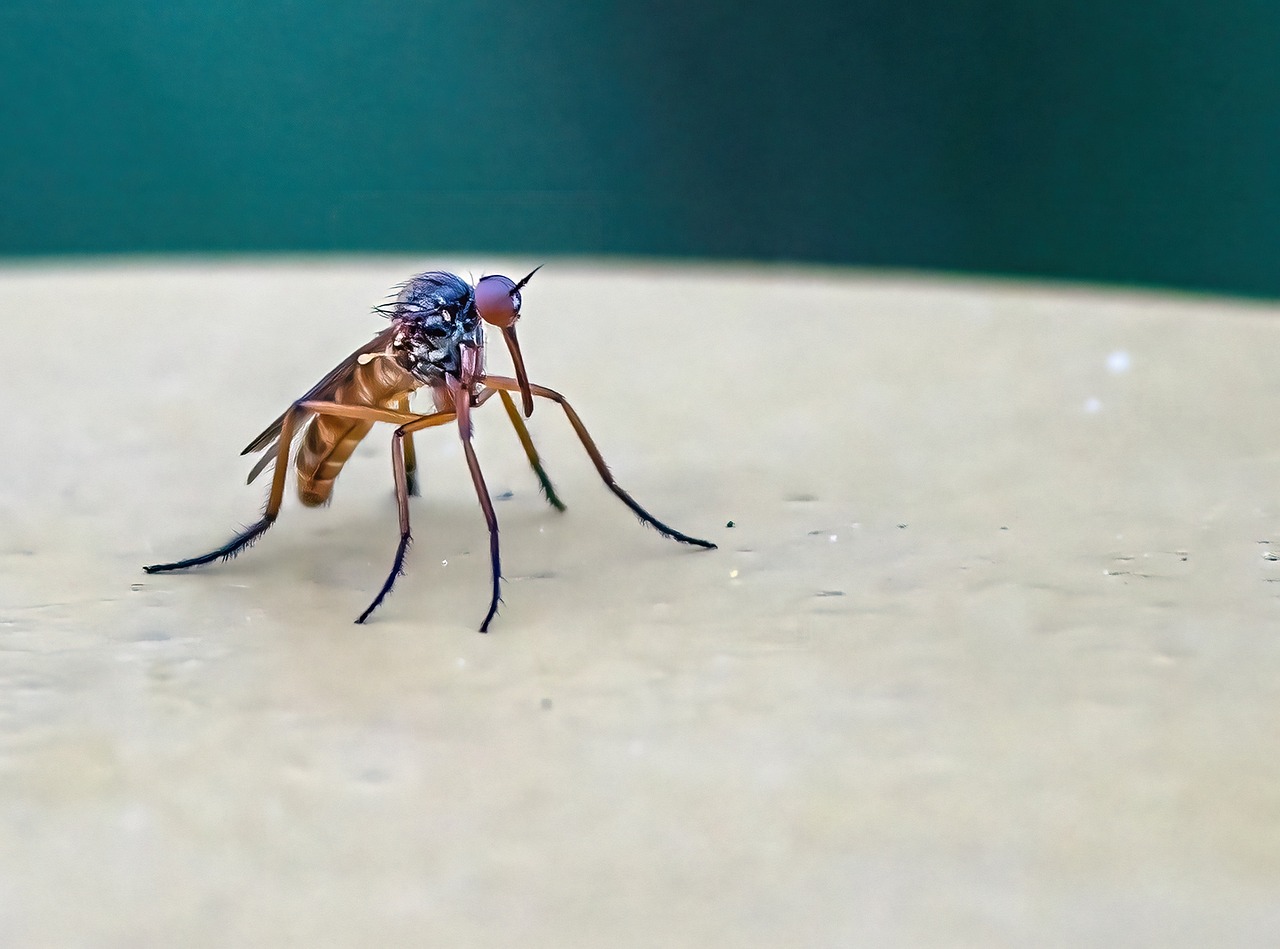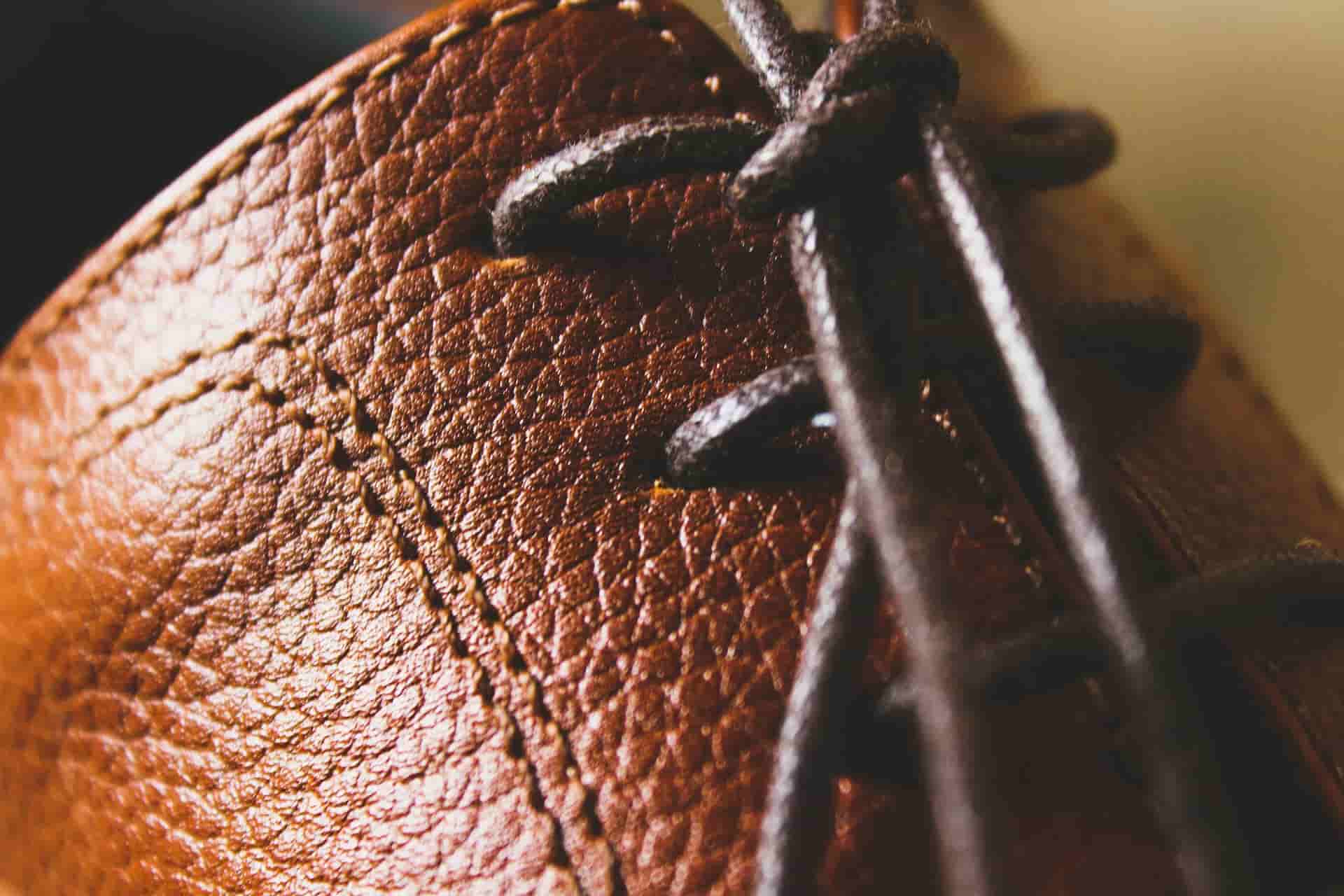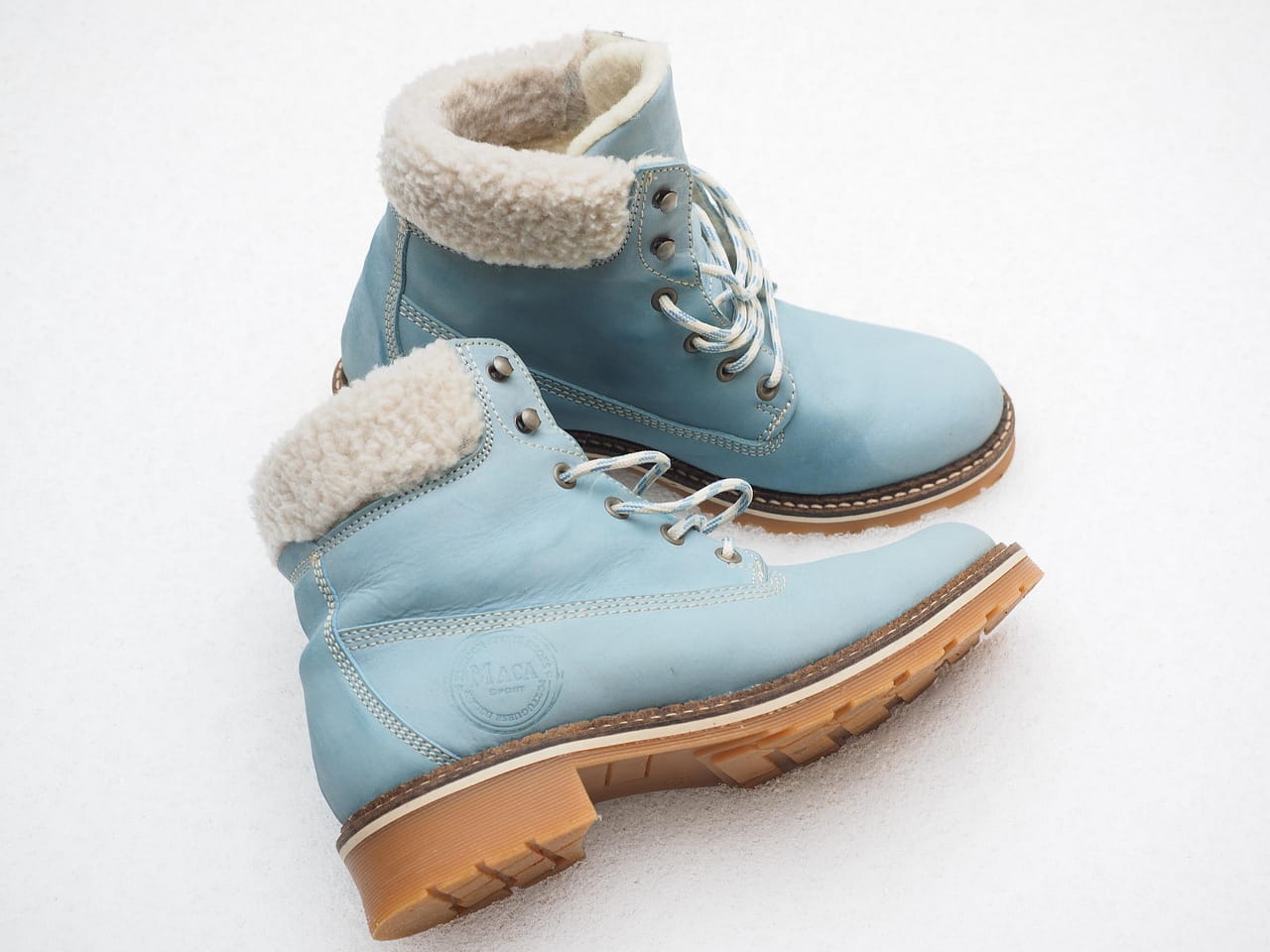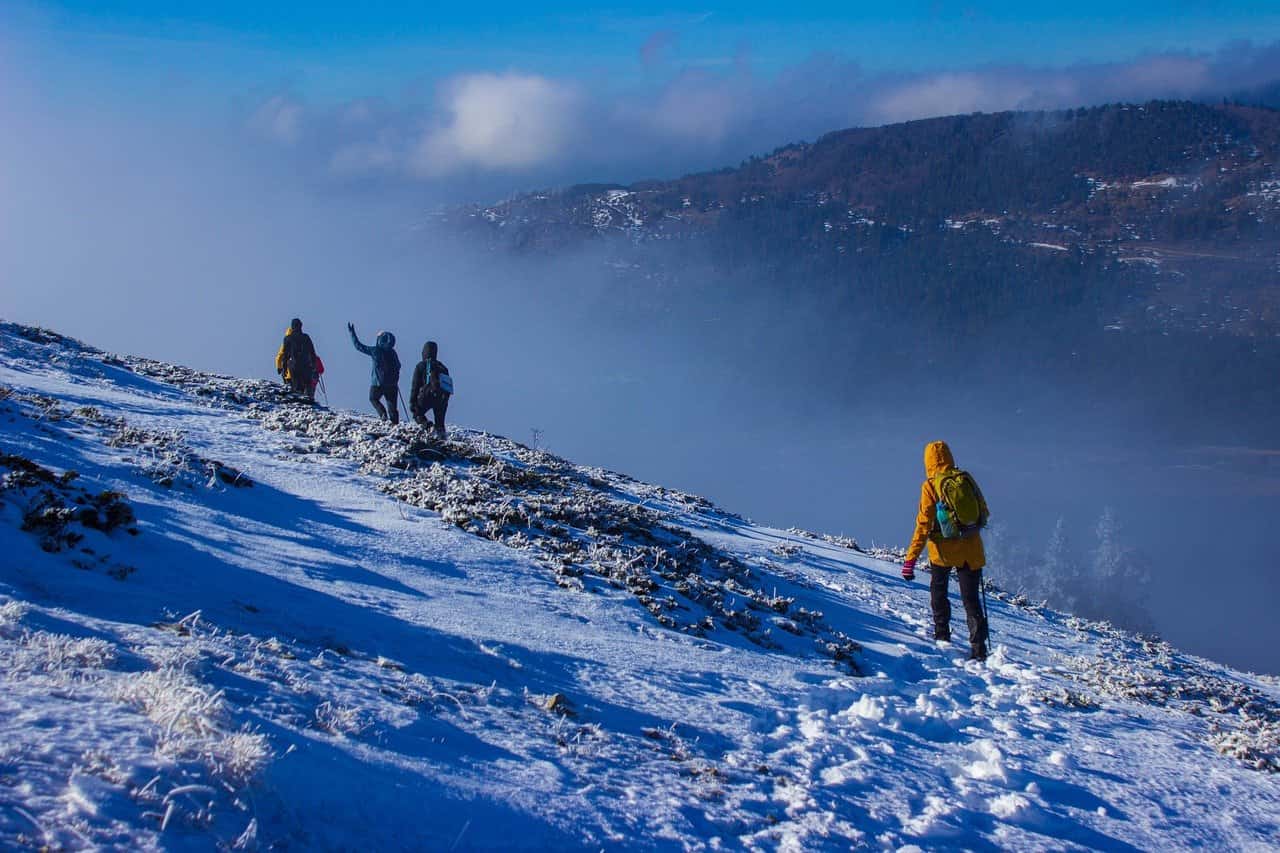If you’ve ever been dehydrated while hiking, you know it can be really scary. It usually starts with a headache, but if it gets worse, it can lead to muscle cramps, dizziness, and confusion. These symptoms are especially dangerous when you’re far from your car.
Staying hydrated on the trail is easy if you drink enough water and use the right tools. With some preparation, some simple gear, and attention to how much you drink, you can prevent dehydration while hiking.
In this post, I will share how to stay hydrated while hiking.
How Much to Drink
The human body is made up of about 60 percent water. Even a little bit of exercise can make you lose some of that water, making you feel tired and not perform your best.
It’s important to drink enough water whether you’re walking around town, hiking, biking, skiing, climbing, or running.
How to Carry Water
How much water you need to drink depends on several things like what activity you’re doing, how hard you’re doing it, how long you’re doing it, the weather, your age, how much you sweat, and your body type.
A good rule of thumb is to drink about half a liter of water for every hour of moderate activity in moderate temperatures. If it’s hotter or you’re working harder, you might need to drink more. For example,
if you’re hiking hard in hot weather, you might need to drink a liter of water or more each hour. As you get more practice, you’ll learn exactly how much water your body needs.
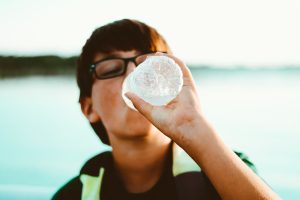
Hydration Tips
The activity you’re doing will help you decide where to keep your water, but the important thing is to keep it within reach. For activities like hiking, backpacking, and mountain biking, a backpack with a hydration reservoir (a built-in water pouch) is a great choice.
If you like using a water bottle, put it somewhere easy to grab, like in a mesh pocket on the side of your backpack. For trail running, think about using a handheld water bottle, a hydration waist pack or belt, or a hydration vest.
Drink Often:
Instead of drinking a lot of water at once, take small sips frequently to stay hydrated.
Snack Smart:
When you sweat, you lose electrolytes, which are important for energy. For activities lasting more than an hour, eat snacks with sodium, potassium, calcium, and magnesium. Consider bringing an electrolyte replacement sports drink for long, intense activities.
Drink More at High Altitude:
High altitudes can make you dehydrated, and you might not feel as thirsty. Drink water often when you’re higher up.
Hydrate in Cold Weather:
It’s just as important to drink water in cold weather as it is in hot weather. You might not feel like drinking cold water, so bring a hot drink to stay hydrated.
Pre-Hydrate:
For long, hard activities, drink about 16 ounces of water two hours before you start.
Rehydrate After Exercise:
Drink water after you finish exercising to help your body recover. Drink 16-24 ounces of water for every pound you lost during exercise.
Plan Your Route:
Water is heavy, so plan your route to pass by water fountains or use your car as a pit stop to refill your bottle. In remote areas, carry enough water or bring a way to treat water from a lake or stream.
Wear Sun Protection:
Sunburns can make you dehydrate faster, so use sunscreen or wear sun-protective clothing.
Set a Timer:
If you forget to drink water, set a timer on your watch to remind you to take a sip every 20 minutes.
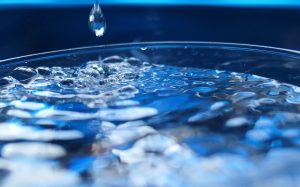
Preventing Dehydration
What is Dehydration?
Dehydration happens when your body loses more fluids, usually through sweating than you drink. This can make you feel bad and affect your performance in activities.
Early Signs of Dehydration:
- Dry mouth
- Feeling tired or not performing well in sports
More Serious Signs of Dehydration:
- Cramps
- Headaches
- Feeling sick (nausea)
- The “umbles” (stumbling, mumbling, grumbling, and fumbling)
- Dark or brightly colored urine with less volume (though remember, some foods and drinks can also change urine color)
How to Fix Dehydration:
The solution is easy—drink water! When you feel thirsty, start drinking right away. Instead of drinking a lot of water at once, take small sips frequently to stay hydrated.
Preventing Overhydration
What is Overhydration?
Overhydration, or hyponatremia, happens when you drink too much water, causing the sodium levels in your blood to become too low. This can affect cell function and, in extreme cases, can lead to coma or even death. It’s a rare condition that mainly affects endurance athletes like marathon runners, ultrarunners, and triathletes.
Symptoms of Hyponatremia:
- Fatigue
- Headache
- Nausea
These symptoms are similar to dehydration, which can cause some athletes to mistakenly drink even more water, worsening the problem.
Preventing Overhydration:
Monitor Your Drinking:
Avoid drinking too much water. A good rule is to drink about 10 ounces of water every 20 minutes and try not to drink more than you sweat.
Watch for Weight Gain:
Gaining weight during exercise can be a sign that you are drinking too much.
Maintain Sodium Levels:
Eat snacks with sodium or drink sports drinks with sodium to keep your levels balanced.


